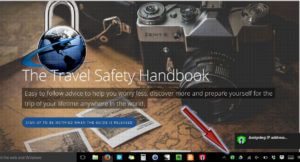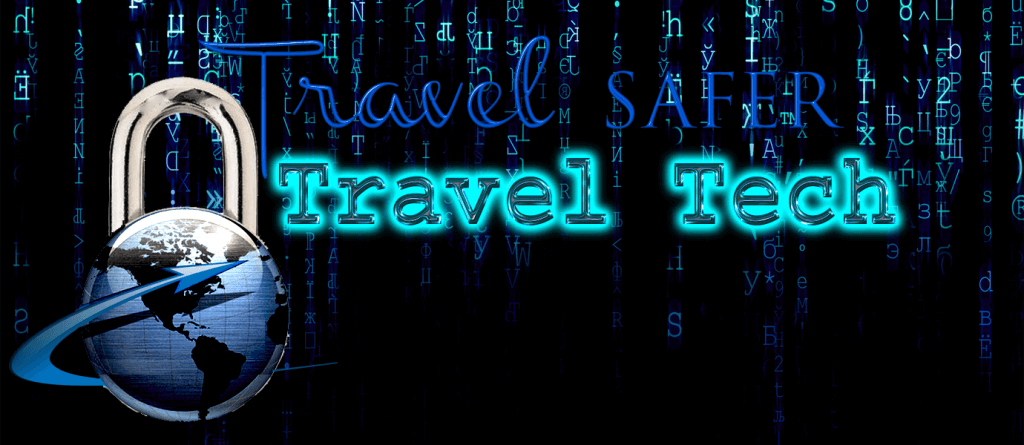In our article on virtual security overseas we mentioned VPNS as a necessity for staying safe while using the Internet. Since then we have gotten a handful of questions asking how exactly a VPN works and how does it keep our data safe online.
As a quick recap: Using an unsecured or public Wi-Fi to access personal information is never a good idea – just ask this journalist who was hacked ON AN AIRPLANE.
You can play the odds, but I would much rather know that spam messages will not flood my friends’ inbox, and my identity theft will not be due to my negligence. So what is a globetrotting, café working laptop warrior to do to stay productive while on the road, surfing public Wi-Fi?
You got it – VPNs: Your private network within the Internet.
Let’s take a peek under the hood to see how a VPN works, shall we?
VPNs or Virtual Private Networks allow users to securely access a private network and send data remotely through public networks. To be more specific: You log in to the VPN, establishing a secure connection with a remote data center. VPN data centers are set up in various locations around the world, which varies from provider to provider; as you connect to their servers, to the rest of the world, it will look as if you are accessing the internet from that location. Once you log in, your data is encrypted; it’s then that you open your web browser of choice, and your newly encrypted data is sent out into the world, with a ‘tunnel’ around your data which shields it from anyone who might be snooping.
Analogy time
Think of the Internet as a big, movie sized soda straw with data flowing through it; a VPN is like putting a smaller straw inside of it. Your data flows through the smaller straw, shielding it from the larger data flow.
Best practice
-
Verify that you are logged into your VPN and that the connection is secure before going to any sites that might expose your personal information. A secure connection should be indicated somewhere on your taskbar at the bottom of the page (see image). Say you’re in your favorite coffee shop, working away – there’s no real risk if you’re just looking at sites that aren’t exposing your sensitive information. However, if you decide to do some internet banking, login to the VPN before you attempt to access your bank account or enter any personal log in details.
- Whenever possible, verify that you are using a secure connection. Look at the address bar and make sure that address you are visiting starts with HTTPS – the S being the key here since it stands for secure. You are more secure with a VPN, but you are not invulnerable, so stick to best practices.
- The Onion Router (ToR) is not a VPN and works differently (we will talk about ToR later). Avoid downloading anything while on ToR as the various router points have the ability to stuff malicious packets into anything you download via their server. Great for anonymity, not great for encryption.
Think of a VPN as an insurance policy against losing your identity, getting your accounts hacked and looking like a fan of Oprah, enlargement pills or worse when someone takes over your email account.
I use PrivateTunnel, the VPN platform created by OpenVPN Technologies. Those who keep their online identity covert for a living say that most VPNS base their code off of OpenVPN’s PrivateTunnel, so why not go to the source?
Looking for other options? Reviews.com has done all the legwork for you by reviewing VPN options and categorizing their results based on your particular need.



